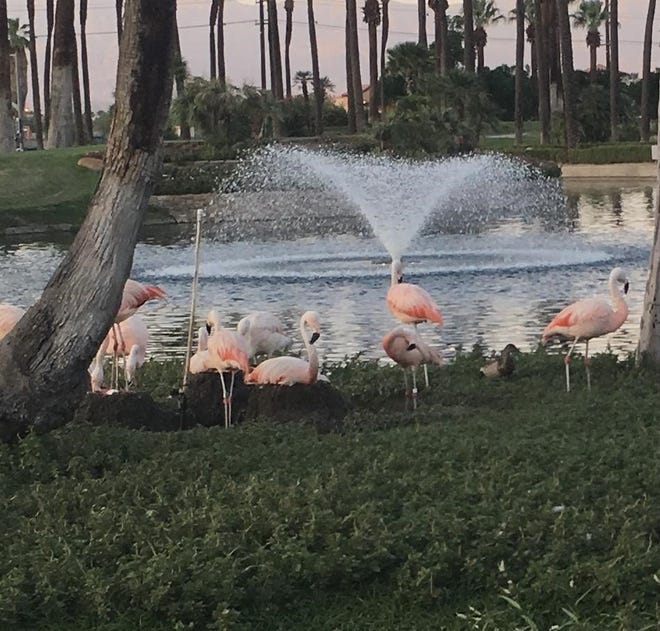Edible flowers add flavor, aroma, and color to cooking and can be used in salads, desserts, and cocktails as a substitute for traditional herbs and spices. They also provide health benefits, containing vitamins, antioxidants, and other nutrients that can boost immune systems and protect against chronic diseases. Some of the most popular edible flowers include rose, lavender, nasturtium, calendula, chrysanthemum, and hibiscus. Each offers a different flavor and nutritional value, such as accompanying mood improvement or aiding digestion. However, it’s important to choose organic flowers free from pesticides and consume them in moderation.
Edible Flowers: Adding Fragrance and Color to Your Cooking
Edible flowers are a trendy and elegant way to add flavor, aroma, and color to your cooking. They are perfect for decorating salads, desserts, and cocktails, and can be used as a substitute for traditional herbs and spices. Not only do they look beautiful, but they are also packed with vitamins, antioxidants, and other nutrients that can benefit your health. Here are some of the most popular edible flowers and their nutritional value.
Rose
Roses are not only beautiful but also edible. Rose petals have a delicate floral flavor and aroma, and can be used to make rose water, tea, jam, or syrup. They are rich in vitamin C, antioxidants, and anti-inflammatory compounds, which can boost your immune system, protect your skin, and reduce your risk of chronic diseases.
Lavender
Lavender is commonly used as a fragrance in soaps, candles, and perfumes, but it is also a popular herb for cooking. It has a sweet, floral, and slightly bitter taste that pairs well with desserts, tea, and cocktails. It contains compounds that can calm your nerves, improve your mood, and promote relaxation and sleep.
Nasturtium
Nasturtium is a beautiful and edible flower that comes in a variety of colors, from yellow to orange to red. Its leaves have a peppery flavor and can be used as a spice or garnish, while its flowers have a sweet and nutty taste that can be added to salads, sandwiches, or omelets. It is a rich source of vitamin C, iron, and other minerals that can boost your energy and immunity.
Calendula
Calendula, also known as marigold, is a vibrant and edible flower that can add color and flavor to your dishes. Its petals have a mild, tangy, and slightly bitter taste that can be used to make tea, soup, or salad dressing. It is high in antioxidants, flavonoids, and carotenoids that can protect your skin, fight inflammation, and improve your digestion.
Chrysanthemum
Chrysanthemum is a beautiful and edible flower that is popular in Chinese cuisine. Its petals have a slightly bitter, herbaceous, and refreshing taste that can be used to make tea, salad, or stir-fry. It is a rich source of antioxidants, minerals, and vitamins that can strengthen your bones, boost your eyesight, and prevent infections.
Hibiscus
Hibiscus is a popular and edible flower that is commonly used to make tea, syrup, or jelly. Its petals have a tart, fruity, and slightly sour taste that can be mixed with sugar or honey to balance out the acidity. It is a good source of vitamin C, antioxidants, and polyphenols that can lower your blood pressure, cholesterol, and inflammation.
Conclusion
Edible flowers are a versatile and nutritious ingredient that can enhance the taste, aroma, and appearance of your food. They come in many different varieties, each with its unique flavor and health benefits. Whether you use them to decorate your cakes, infuse your drinks, or spice up your salads, they are sure to impress your guests and your taste buds. Just remember to choose organic flowers that are free from pesticides, and to eat them in moderation, as some flowers can cause allergic reactions or digestive issues.
